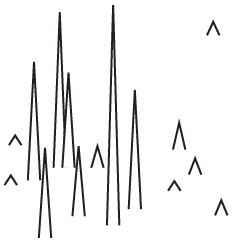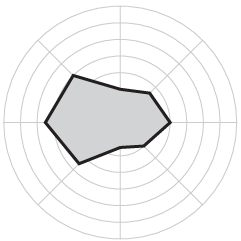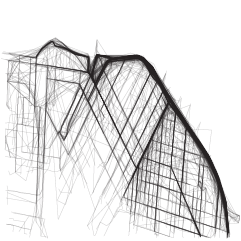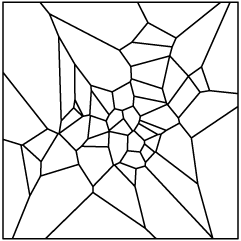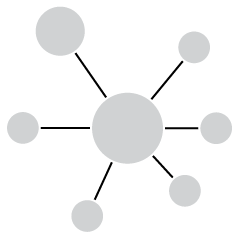It must be uncertainty month and nobody told me. For Scientific American, Jessica Hullman briefly describes her research in uncertainty visualization with a gallery of options from worst to best.
-
For The New York Times, Alberto Cairo and Tala Schlossberg explain the cone of uncertainty we often see in the news when a hurricane approaches. People often misinterpret the graphic:
The cone graphic is deceptively simple. That becomes a liability if people believe they’re out of harm’s way when they aren’t. As with many charts, it’s risky to assume we can interpret a hurricane map correctly with just a glance. Graphics like these need to be read closely and carefully. Only then can we grasp what they’re really saying.
Depict uncertainty more clearly, and people will understand the probabilities and confidence intervals more clearly.
-
For the NASA Earth Observatory, Adam Voiland describes about two decades of fires:
The animation above shows the locations of actively burning fires on a monthly basis for nearly two decades. The maps are based on observations from the Moderate Resolution Imaging Spectroradiometer (MODIS) on NASA’s Terra satellite. The colors are based on a count of the number (not size) of fires observed within a 1,000-square-kilometer area. White pixels show the high end of the count—as many as 30 fires in a 1,000-square-kilometer area per day. Orange pixels show as many as 10 fires, while red areas show as few as 1 fire per day.
There are a lot of fires, but a bit surprising given the news lately, the total area burned each year is decreasing.
-
Salaries are higher in big cities, but it also cost to live more in such places. So, Indeed adjusted salaries for cost of living to find where you get the most for your buck:
When we adjust for cost of living, the highest-salary metros look totally different. Among the 185 US metropolitan areas with at least 250,000 people, adjusted salaries are highest in Brownsville-Harlingen, TX, Fort Smith, AR-OK, and Huntington-Ashland, WV-KY-OH. All ten of the highest-salary metros are small and mid-size markets — none has more than a million people. Most are in the center of the country, and the only two in an expensive state — Visalia-Porterville, CA, and Modesto, CA — are in California’s Central Valley, worlds away from the state’s pricey coast.
Of course the caveat is that in some of these locations there’s not as many places or things to spend your stretched dollar on.
-
Members Only
-
Emily Robinson recently took up Pokémon on Nintendo Switch:
I recently started playing Pokémon again – “Pokémon Let’s Go Eevee” on the Nintendo Switch to be specific. In the classic Pokémon games, you have a team of 6 Pokémon that you use to battle against other trainers. In battles, type match-ups are very important, as some types of moves are “super effective” against other types. For example, fire moves are super effective against grass Pokémon, which means they do double the damage they normally would. If you can set your team up so that you’re always optimally matched, you’re going to have a much easier time.
So, she took the natural next step for a data scientist: assemble an optimized team in R.
-
We use some names mostly for boys and some mostly for girls, but then there is a small percentage that, over time, switched from one gender to another. Which names made the biggest switch?
-
Presidential candidates campaign harder in some states more than others. National Popular Vote made cartograms for the 2012 and 2016 elections showing the states where general election candidates held events. Above is the one for 2016. [via kottke]
-
For Bloomberg, Mira Rojanasakul and Tatiana Freitas discuss why the Amazon rainforest is on fire:
Commodities are key drivers behind the increased pace of deforestation. An analysis of tree loss from 2001 to 2015 shows that most of the Amazon was lost to commodity-driven deforestation—or “long-term, permanent conversion of forest and shrubland to a non-forest land use such as agriculture, mining or energy infrastructure.”
-
The New York Times goes with monthly small multiples to show detected fires in the Amazon rain forest. Data comes from NASA satellites Terra and Aqua.
-
USA Today looks at some of the numbers on 17th century slavery in America. The format, with zooms in and out and shifts to different views, focuses both on scale and the individuals.
-
Members Only
-
BBC News asks a straightforward question: How much warmer is your city? Enter your country and then your city. You get a time series along with projections. It reminds me of The New York Times piece from a few years ago, but the BBC one uses more recent data and covers major cities worldwide.
-
How to Make a Polar Density Plot in R
With cyclical data, a circular format might be useful. Combine that with a smooth density to reduce noise, and you got yourself a plot.
-
In survey data, there is usually an open-ended category for “not applicable” or “don’t know”. For Wired, Amit Katwala noticed an interesting subset of YouGov respondents who “didn’t know” things they should probably know:
But the thing that caught my eye when I came across the results on Twitter, and which quickly became an obsession, was the fourth option. Three per cent of Brits ‘don’t know’ whether they’ve tried surfing before. I was simultaneously baffled and enthralled.
Scrolling through the results of similar polls over subsequent days, weeks and months, I found a country that is deeply confused on a lot of seemingly straightforward issues. Two per cent of Brits don’t know whether they’ve lived in London before. Five per cent don’t know whether they’ve been attacked by a seagull or not. A staggering one in 20 residents of this fine isle don’t know whether or not they pick their nose.
-
Football season is starting soon, which means many will participate in the age-old tradition of the fantasy football draft. For the Washington Post, Neil Greenberg and Reuben Fischer-Baum have your back:
Your fantasy football draft sets a season-long foundation for your team, but its ultimate result will be based on the weekly performance of your roster. That’s why The Washington Post is adding weekly point projections (using PPR scoring) to its draft rankings, based on a player’s role in his team’s offense and the difficulty of the matchup.
Look at all the players or pick a position and quickly get the rankings.
-
In a “radically unscientific survey” Kevin Uhrmacher and Kevin Schaul for The Washington Post asked 59 Iowa State Fair attendees if they could name Democratic candidates. Participants circled the ones they knew. Above are the results in aggregate.
I’m less interested in the results since I’m not so sure about the small sample, but the visual is fun. The scribble scrabble look is representative of the fuzzy dataset, and I wonder how this might apply to a larger dataset.
Cross this with that Quartz piece on drawing circles, split political leanings, and you’ve got yourself a humdinger.
-
Vox and Matt Daniels delved into falsetto in pop music over the years. Is falsetto a big trend now compared to the rest of the history? The process of finding the answer, noisy data and all, was just as interesting as the answer itself.
-
Members Only
-
The New York Times is in a quizzy mood lately. Must be all the hot weather. Sahil Chinoy shows how certain demographics tend towards Democrat or Republican, with a hook that that lets you put in your own information. A decision tree updates as you go.
Reminds of the Amanda Cox decision tree classic from 2008.

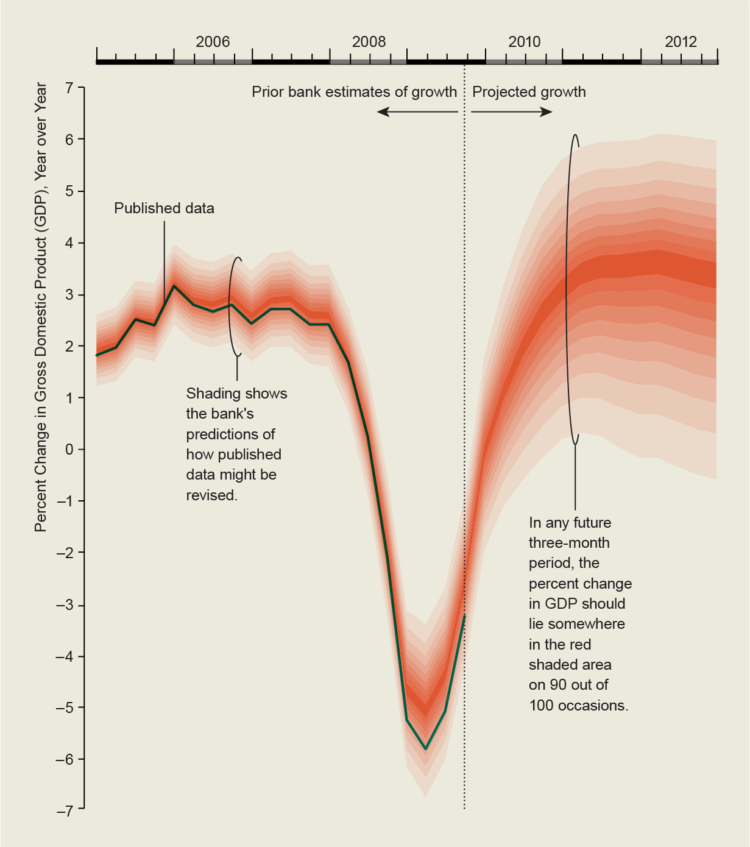

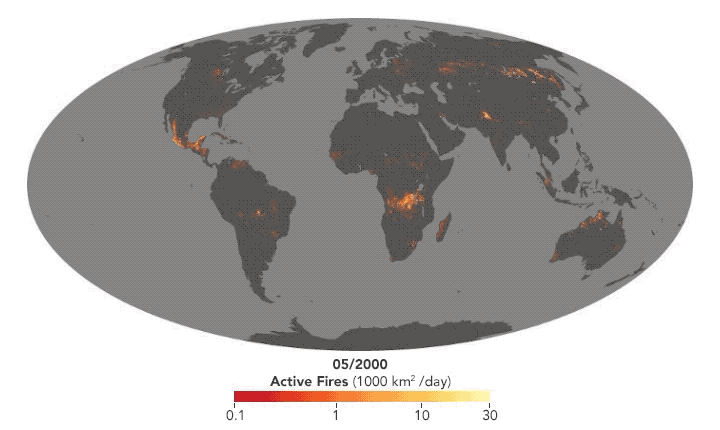

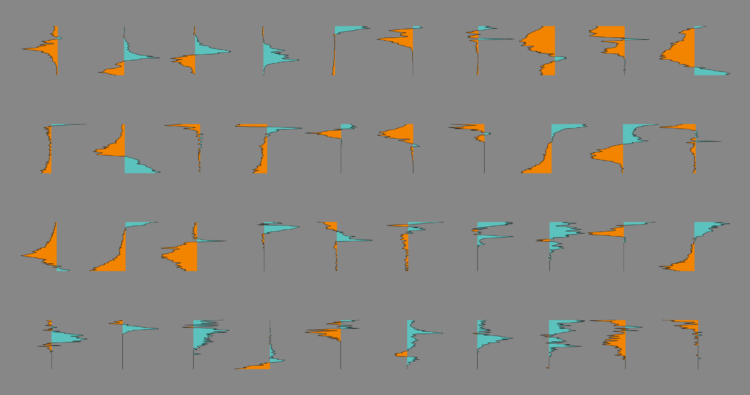
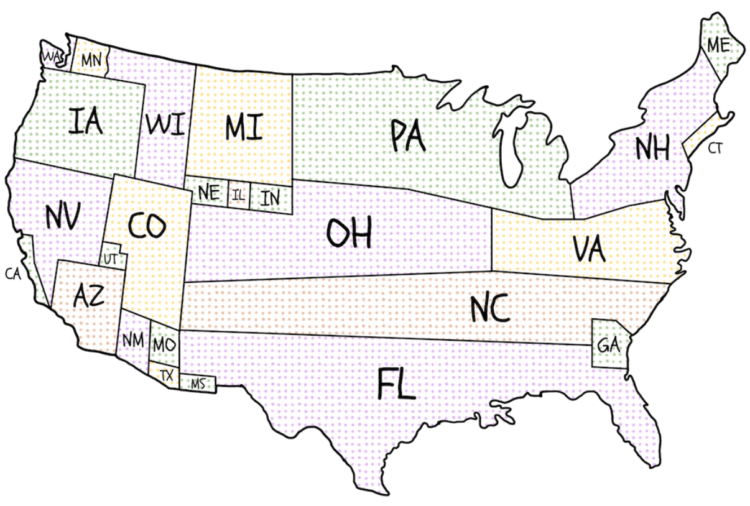
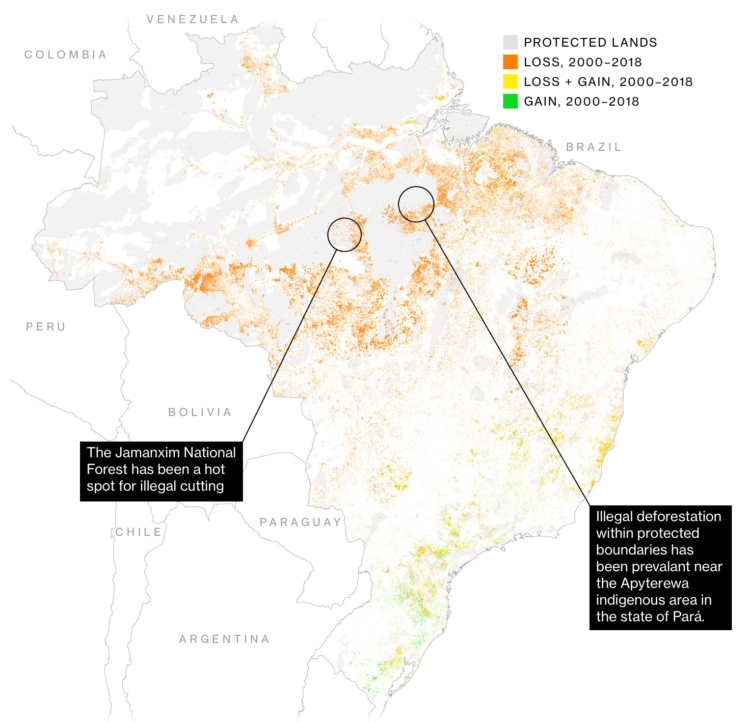
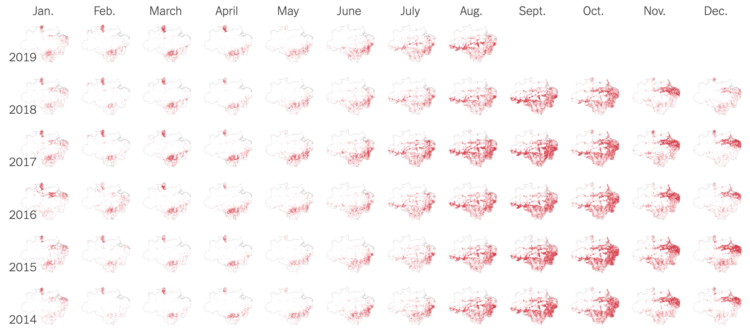

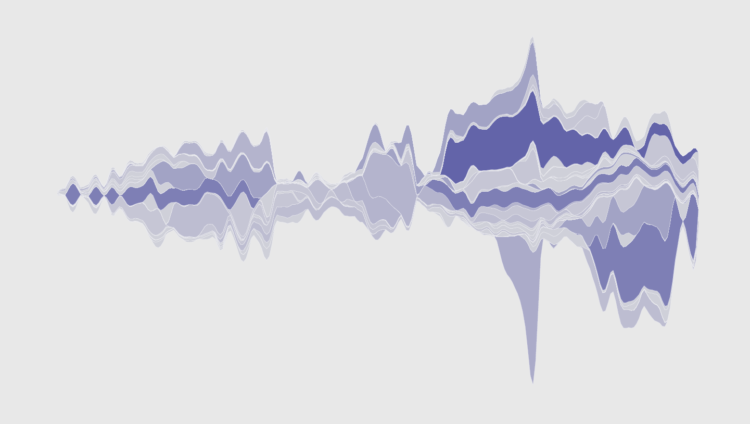
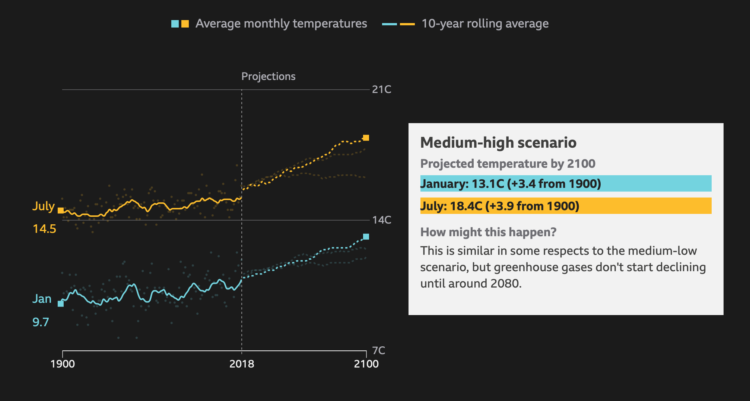
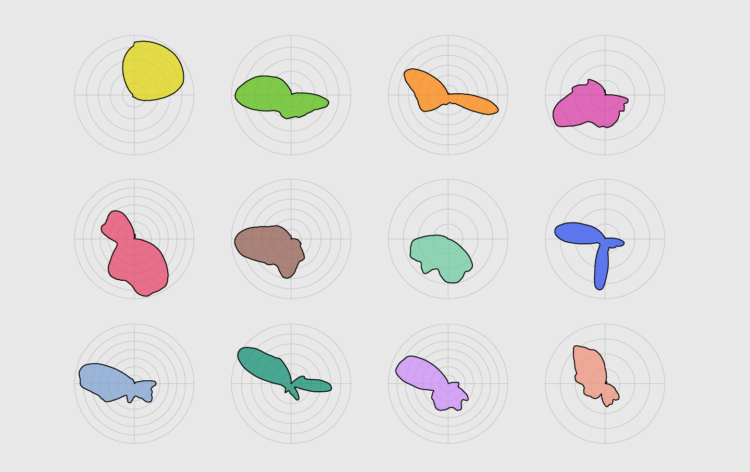

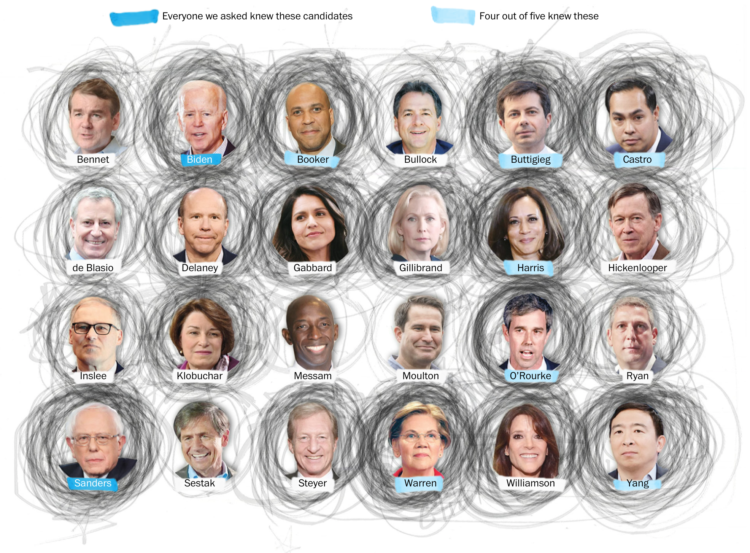
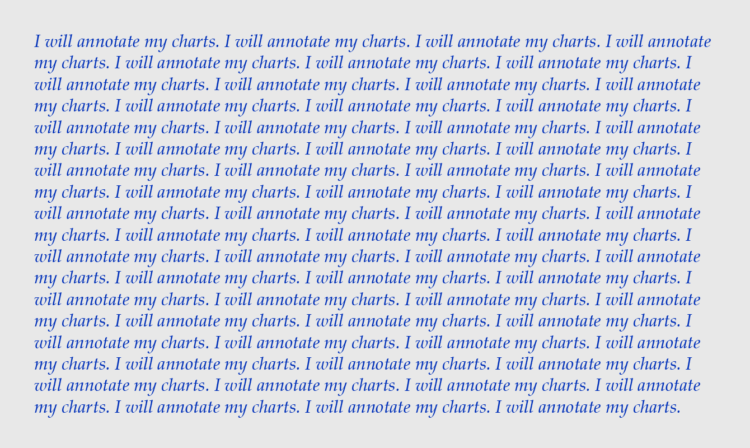

 Visualize This: The FlowingData Guide to Design, Visualization, and Statistics (2nd Edition)
Visualize This: The FlowingData Guide to Design, Visualization, and Statistics (2nd Edition)




